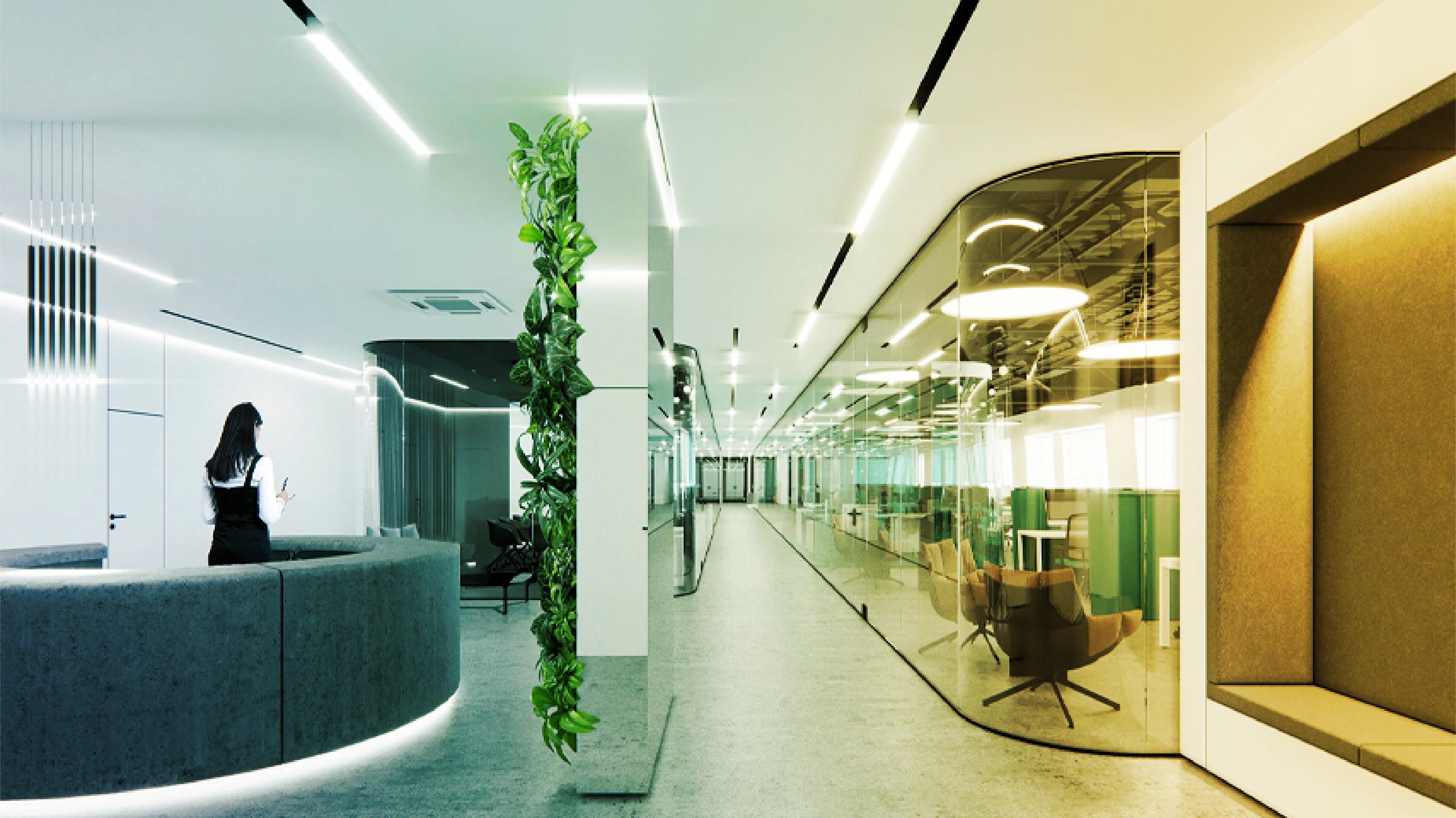
Lighting as a Service (LaaS) is an excellent option if you do not want to pay a huge upfront to upgrade your lighting systems. Most businesses have limited resources and require meticulous planning to choose where to spend. Oftentimes, lighting expenses take a backseat as the initial investment is huge, which could be spent for critical business endeavors.
In this blog, we have summarized everything you should know about Lighting as a Service and how it helps your enterprise upgrade its lighting with zero initial investment.
What is Lighting as a Service
Lighting as a Service, also known as Light as a Service, is a subscription-based model where a lighting service provider provides the necessary lighting and equipment to illuminate your facilities. While this typically requires a heavy investment for the products, with LaaS, the lighting service provider retains the ownership of the equipment and only lends it to your facility until the subscription period, charging monthly for the service.
Why Lighting as a Service
One model for all businesses
Irrespective of the size of your organization—whether you have 10 employees or 10,000 employees—you can take advantage of Lighting as a Service as the subscription cost depends on what your facility needs. Establishments such as hospitals, schools and colleges, airports, offices, malls, apartments, restaurants, hotels, garages, and all facilities that need illumination can choose Lighting as a Service for their lighting program.
Lighting maintenance and services
What sets Lighting as a Service apart from leasing is its maintenance and services policies. In the case of leasing, there are no energy efficiency guarantees, maintenance, services, and upgrades in leasing; however, in LaaS, the service provider is responsible for energy savings, light levels, and maintenance of the equipment. This enables business administrators to give their undivided attention to their business operations and not to the uneventful requirements of maintaining infrastructure.
You are also not stuck with thelighting your service provider initially offered until the end of the contract period; you can request to move to new lighting technologies. The charges may differ slightly, but you can enjoy the upgrades even during the contract period.
Lighting as a Service’s built-in maintenance program also makes the service provider ensures compliance with local, state, or national energy policies. This frees the time of the on-site building management team to take care of other essentials.
Financial benefits
Since you are not dealt a financial handicap with huge upfront investments for your lighting projects, you have the positive cash flow to invest in the development of your company. You also do not have to wait for three or four years like in traditional lighting installations to see the results of your investment; Lighting as a Service enables you to save instantly after the installation offsetting your monthly charges. It should also be noted that eligible LaaS programs can also make use of utility rebate programs to reduce the cost of the subscription.
LaaS market trends and the future
The LaaS market was valued at USD 1313.07 Million in 2019 and is forecasted to grow at a CAGR of 47.8% to reach USD 24647.61 Million by 2027. While Lighting as a Service model is being rapidly adopted, the room for development is still huge.
As of today, LaaS services range from basic financing to turnkey services including auditing, designing, installation, and maintenance with IoT-enabled monitoring and location-based services gaining momentum steadily. LaaS developments in human-centric lighting and lighting-based indoor positioning system to help customers find their way around large stores are underway.
IoT-based lighting in LaaS helps monitor traffic, air quality, and facility usage among other metrics in the buildings. This can also change pricing to ‘case-by-case basis’, which enables customers to pay for the value they get from the data. With industry-specific applications being customized for unique requirements, we can expect LaaS to become one of the primary lighting models for businesses.
Click here to know more about what mySupplier offers.


